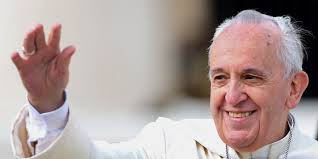 Pope Francis, City Planner
Pope Francis, City Planner
After reading Pope Francis’ Laudato Si, On Care For Our Common Home, I was moved to select references I felt relevant to efforts in Portland to integrate nature into the city and weave nature into the fabric of our urban and urbanizing neighborhoods. I sent a copy to David Maddox, who asked if I would consider adapting those excerpts into a blog for The Nature of Cities. What follows is my effort to do so. The entire text of “On Care for our Common Home” can be found here, in eight languages. It makes for good reading for anyone interested in the nature of cities.
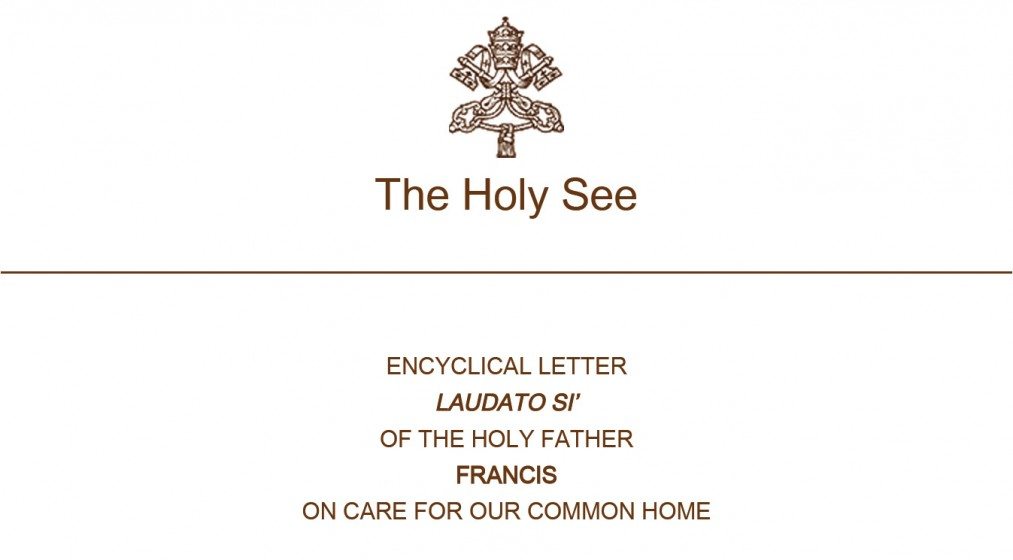
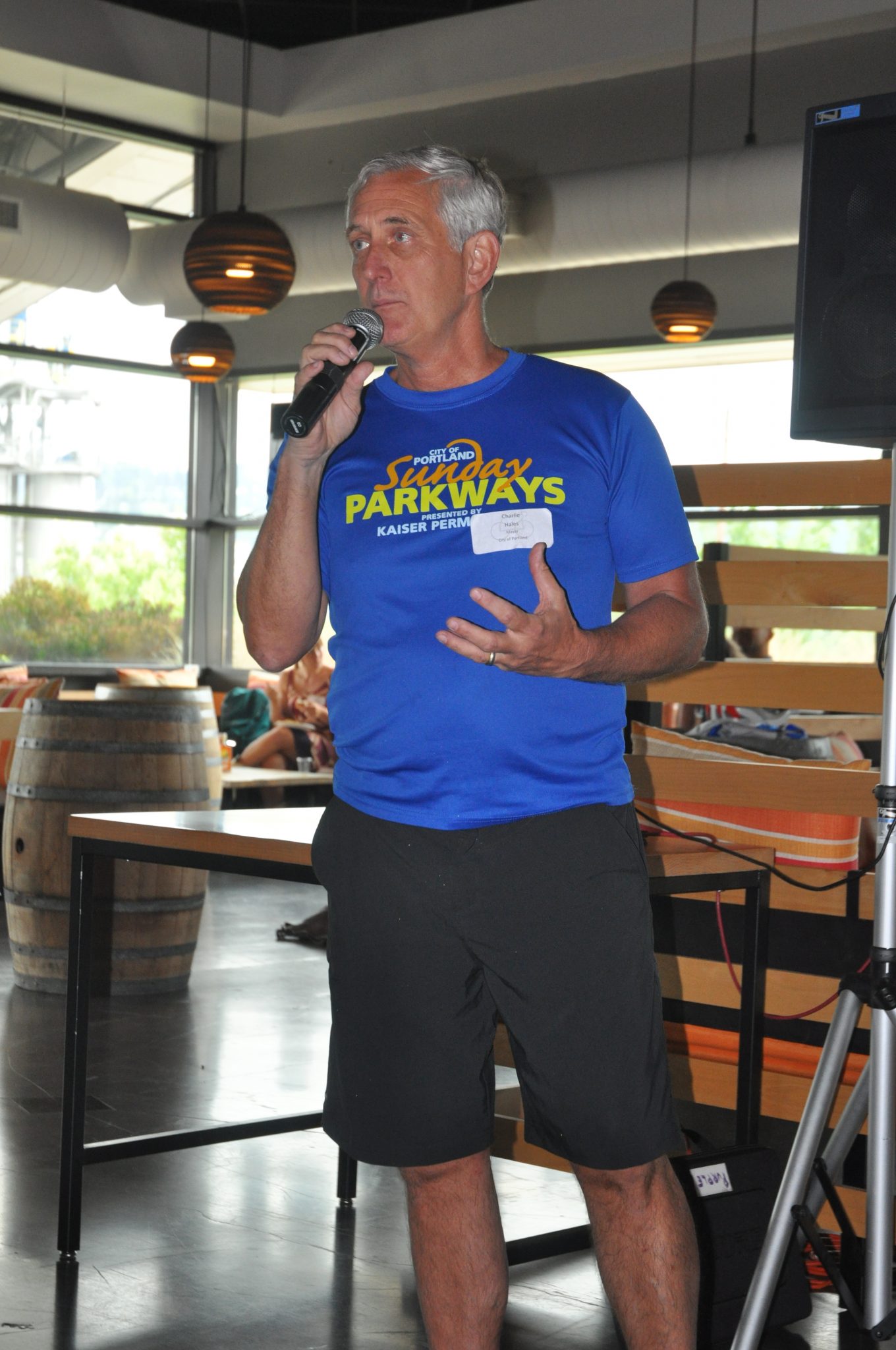
Quite coincidentally to my reading of the Encyclical, it so happened that our mayor, Charlie Hales, had just received an invitation to attend a papal audience on Climate Change and human trafficking. Hales received his invitation on the strength of the city’s climate action plan, on its reputation for excellence in urban planning, and on President Obama’s 2014 naming of Portland as one of 16 national Climate Action Champions for Leadership on Climate Change. Sixty mayors from around the world were invited to Rome on the heels of a climate change gathering in Vancouver, British Columbia, to address modern slavery and climate change. The papal meeting was sponsored by the pontifical academies of sciences and social sciences.
The leaders were asked to share their city’s best practices, to sign a declaration recognizing that climate change and extreme poverty are influenced by human activity, and to pledge to make their cities “socially inclusive, safe, resilient and sustainable.”
So, what do Francis’ writings have to do with “the nature of cities,” ecological and social? A lot. For example, he laments the lack of greenspace under the heading “City Planning,” writing:
“Many cities are huge, inefficient structures, excessively wasteful of energy and water. Neighbourhoods, even those recently built, are congested, chaotic and lacking in sufficient green space. We were not meant to be inundated by cement, asphalt, glass and metal, and deprived of physical contact with nature.”
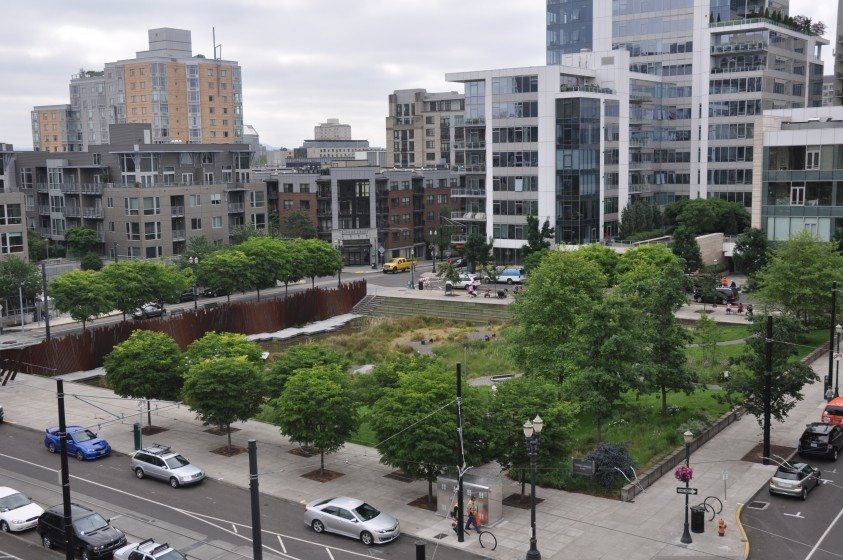
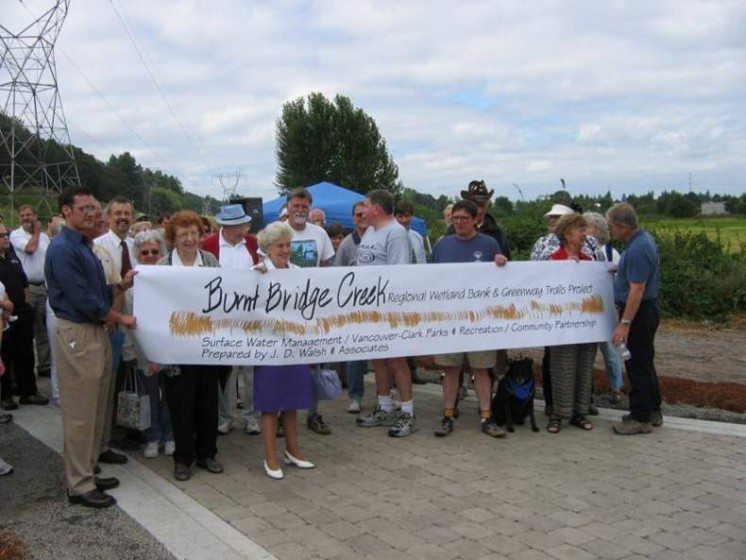
Within the context of city planning, Francis takes on the privatization of public space and inequitable access to parks and greenspaces, pointing out that wealthy, “ecological” gated communities have the lion’s share of urban parks and greenspaces, while “hidden,” poor neighborhoods—inhabited by what he describes as the “disposable members of society”—have little or no public space.
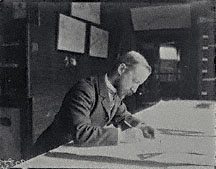
Francis makes the same arguments that many in our community have made for decades with regard to special landscapes and the Olmstedian precept that parks are catalysts for increased social cohesion.
He writes:
“There is also a need to protect those common areas, visual landmarks and urban landscapes which increase our sense of belonging, of rootedness, of ‘feeling at home’ within a city which includes us and brings us together…Interventions which affect the urban or rural landscape should take into account how various elements combine to form a whole which is perceived by its inhabitants as a coherent and meaningful framework for their lives. Others will then no longer be seen as strangers, but as part of a ‘we’ which all of us are working to create. For this same reason, in both urban and rural settings, it is helpful to set aside some places which can be preserved and protected from constant changes brought by human intervention.”
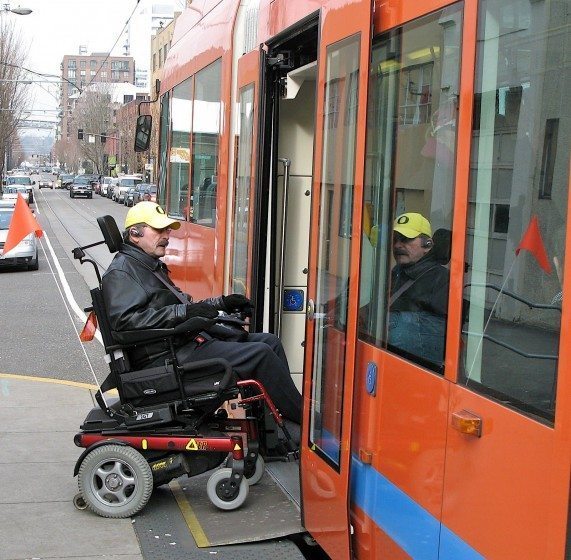
Housing and transit
He also delves into planning issues unrelated to “nature in the city,” but which are consequential to equity in urban development. He identifies lack of housing as “a grave problem in many parts of the world, both in rural areas and in large cities…”
Regarding transit, he writes:
“The quality of life in cities has much to do with systems of transport, which are often a source of much suffering for those who use them. Many cars…circulate in cities, causing traffic congestion, raising the level of pollution, and consuming enormous quantities of non-renewable energy. This makes it necessary to build more roads and parking areas which spoil the urban landscape. Many specialists agree on the need to give priority to public transportation. Yet some measures needed will not prove easily acceptable to society unless substantial improvements are made in the systems themselves, which in many cities force people to put up with undignified conditions due to crowding, inconvenience, infrequent service and lack of safety.”

The papal case for biodiversity and intrinsic value of nature
What struck me most about the Encyclical is the depth of scientifically-based discourse around biodiversity and the intrinsic value of nature. the fact that he received received a “chemical technician’s” degree and worked in a food-related laboratory cannot, alone, account for the depth of his arguments for the need to protect biodiversity, both for our own health and for the inherent value of the Earth’s biome.
In this regard, Francis, and with what is clearly remarkable stable of research assistants, writes of the importance of non-charismatic microfauna, recognizing the importance of species that are seldom, if ever, mentioned in urban planning contexts:
“It may well disturb us to learn of the extinction of mammals or birds, since they are more visible. But the good functioning of ecosystems also requires fungi, algae, worms, insects, reptiles and an innumerable variety of microorganisms. Some less numerous species, although generally unseen, nonetheless play a critical role in maintaining the equilibrium of a particular place.”
 Regarding the intrinsic value of nature, the Encyclical says:
Regarding the intrinsic value of nature, the Encyclical says:
“It is not enough, however, to think of different species merely as potential ‘resources’ to be exploited, while overlooking the fact that they have value in themselves.
Each year sees the disappearance of thousands of plant and animal species which we will never know, which our children will never see, because they have been lost for ever. The great majority become extinct for reasons related to human activity. Because of us, thousands of species will no longer give glory to God by their very existence, nor convey their message to us. We have no such right.
We take these systems into account not only to determine how best to use them, but also because they have an intrinsic value independent of their usefulness. Each organism, as a creature of God, is good and admirable in itself; the same is true of the harmonious ensemble of organisms existing in a defined space and functioning as a system.”

Environmental impact analysis, biodiversity hot spots and biological corridors
The breadth of the encyclical’s reach with regard to fundamental ecological principles goes far beyond what most urban planners include in their planning regime, including environmental impact analysis:
“In assessing the environmental impact of any project, concern is usually shown for its effects on soil, water and air, yet few careful studies are made of its impact on biodiversity…”
Beyond simply addressing the importance of biodiversity, the encyclical specifies the important of biodiversity “hot spots”:
“In the protection of biodiversity, specialists insist on the need for particular attention to be shown to areas richer both in the number of species and in endemic, rare or less protected species. Certain places need greater protection because of their immense importance for the global ecosystem…”
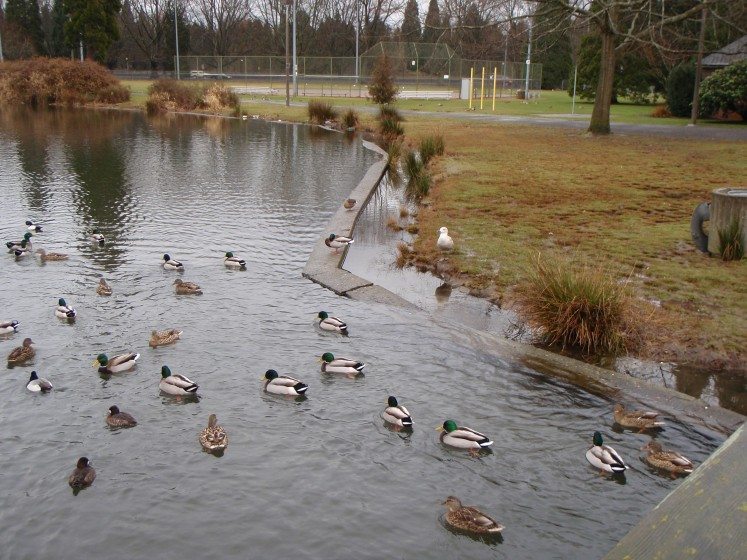
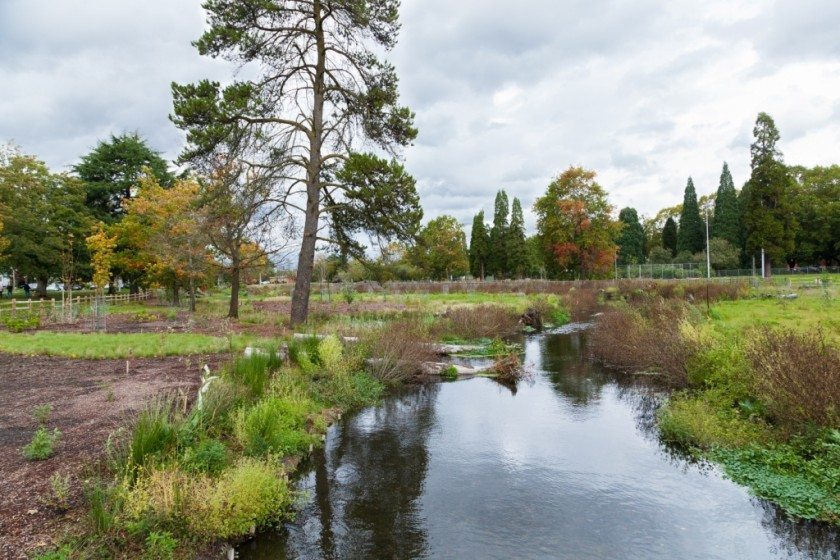
Cost-benefit analysis
Pope Francis frequently excoriates “the market” as a contributor to human misery and environmental degradation. Therefore, it’s no surprise that he takes on market failures with regard to ecosystems and human health and well-being. He writes:
“Caring for ecosystems demands far-sightedness, since no one looking for quick and easy profit is truly interested in their preservation. But the cost of the damage caused by such selfish lack of concern is much greater than the economic benefits to be obtained…We can be silent witnesses to terrible injustices if we think that we can obtain significant benefits by making the rest of humanity, present and future, pay the extremely high costs of environmental deterioration.
It should always be kept in mind that ‘environmental protection cannot be assured solely on the basis of financial calculations of costs and benefits. The environment is one of those goods that cannot be adequately safeguarded or promoted by market forces.’ …Where profits alone count, there can be no thinking about the rhythms of nature, its phases of decay and regeneration, or the complexity of ecosystems which may be gravely upset by human intervention. Moreover, biodiversity is considered at most a deposit of economic resources available for exploitation, with no serious thought for the real value of things, their significance for persons and cultures, or the concerns and needs of the poor.”
Precautionary Principle
Francis also invokes the precautionary principle in writing:
“The Rio Declaration of 1992 states that ‘where there are threats of serious or irreversible damage, lack of full scientific certainty shall not be used as a pretext for postponing cost-effective measures which prevent environmental degradation…If objective information suggests that serious and irreversible damage may result, a project should be halted or modified, even in the absence of indisputable proof. Here the burden of proof is effectively reversed, since in such cases objective and conclusive demonstrations will have to be brought forward to demonstrate that the proposed activity will not cause serious harm to the environment or to those who inhabit it.”
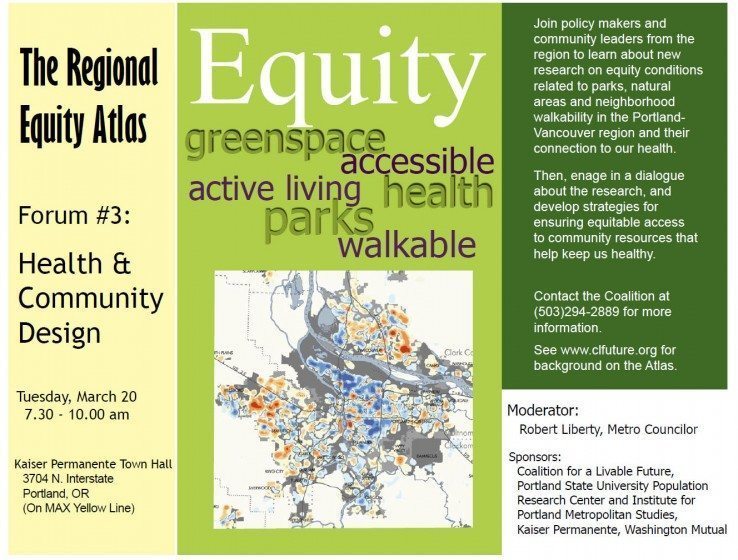
Equity
Finally, as many contributors to The Nature of Cities have argued, and as is the case with planning efforts in Portland and many other U.S. cities, addressing climate change and city building in general must incorporate concern for equity, in all its dimensions and outcomes. This includes what I would term “interspecies equity” as it relates to the intrinsic value of nature (without regard to nature’s value to us) and to intergenerational equity as articulated in the Encyclical:
“The notion of the common good also extends to future generations…We can no longer speak of sustainable development apart from intergenerational solidarity. The environment is on loan to each generation, which must then hand it on to the next.”
Francis also addresses equity with regard to basic access to essential urban services such as affordable housing, clean air and water, and access to parks and nature.
* * *
I have referenced only a few excerpts from the Encyclical that I believe relate directly and indirectly to topics commonly discussed in the forum of The Nature of Cities. I encourage you to read the entire Encyclical, which abounds with additional insights into creating more ecologically sustainable, just and resilient cities that protect, restore and manage the natural systems that constitute our cities’ natural green infrastructure.
Mike Houck
Portland
About the Writer:
Mike Houck
Mike Houck is a founding member of The Nature of Cities and is currently a TNOC board member. He is The Urban Naturalist for the Urban Greenspaces Institute (www.urbangreenspaces.org), on the board of The Intertwine Alliance and is a member of the City of Portland’s Planning and Sustainability Commission.

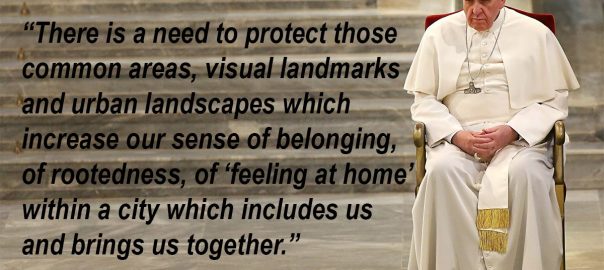




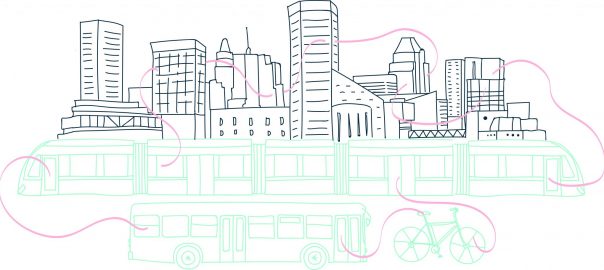
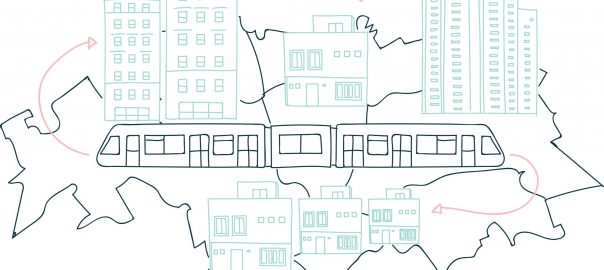

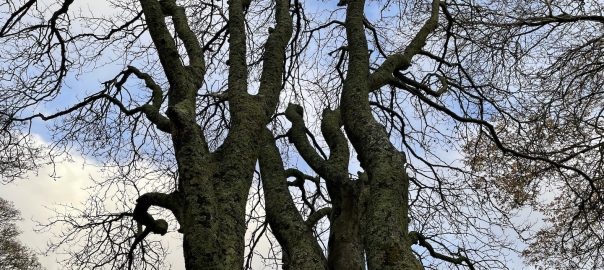

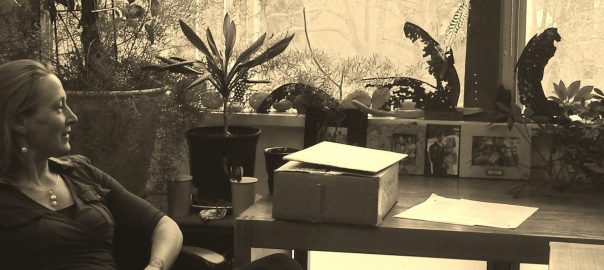
Regarding population issues, I had thought to include some thoughts on that as well, but given space and focus I wanted to highlight chose not to. In fact, I have found the whole population issue a distraction in that it inevitably leads to a dead end with respect to what a city, region, etc can do. Over the past thirty years I’ve been engaged in land use legislation, parks and natural area planning, and other policy issues in the Portland-Vancouver region my experience has been…….”yeah, that’s a problem, so what tools do we have to address it? Zero” People are going to move to our region and our only practical response is to address the topics I reference from the Encyclical, and many more. That will not be a satisfactory response to those focused on population issues, but that’s where I come down on the issue. In fact, I left the Catholic church when as a ninth grader (circa 1960) I watched the Pope in front of a hovel in a South American Country tell a family of 13 that they should not dwell on their poverty and travails on earth because they would be better off in the next life. The Catholic church’s position on birth control, etc is indefensible. Therefore, while the Encyclical is not going to get me back into the confessional anytime soon, its messages regarding caring for the earth, one another, and creating great cities are no less inspiring.
Regarding Maddox’s admonition that applying those messages on the ground will take courage, locally the Portland city council adopted two resolutions this past week, one of which opposes transport of fossil fuels through the city and the second opposes any land use decisions or public expenditures that would facilitate the export of any fossil fuels from the City of Portland.
I agree with Jean Margaret in so far as it would have been helpful if the Pope’s encyclical had spoken of world population numbers. A sentence such as ‘In keeping with all our concerns about the rise of extreme consumerism, we must also accept that the rise in untold billions of people will only make the task of righting humanity’s damaging effects on this precious Earth so much harder’.
But while he didn’t say something like that, I think it’s important to read the whole of para 50, especially the last sentence, to see what the Pope has in mind for population numbers: ‘Still’, (and I believe in the context that’s a very important word) ‘attention needs to be paid to imbalances in population density, on both national and global levels, since a rise in consumption would lead to complex regional situations, as a result of the interplay between problems linked to environmental pollution, transport, waste treatment, loss of resources and quality of life.’ These are all regional and local issues to be kept in mind, according to that last sentence.
As an urban planner, I would have no problem reading the generality of the terms used (population density, national, regional, environmental pollution….quality of life’) into schemes for metropolitan and local planning.
Good article, Mike. I like to start a conversation about climate change by asking the person I’m talking with if they know what their personal carbon footprint is. Of course, almost no one ever does know. The primary barrier to knowing is lack of feedback on our energy use–it comes in many forms, like electricity, natural gas and fuels, and we pay for kilowatt-hours, therms and gallons with no connection to their carbon content. I also believe this is at the root of our wasteful energy use, because we don’t know how much we use, relative to our friends and neighbors. We also don’t know whether we are reducing over time in a way that will help achieve the city/county Climate Action Plan or the state carbon reduction goals, which call for 80% reductions by 2050. This goal will require major changes in our choices and behaviors, but how will we ever know what our starting point or baseline is today? How will we know if our energy use is changing as we would prefer? How can we compare with others and learn from each other? I think we really need some work around the concept of better feedback and tracking of our energy use, in order to reduce the urban waste both you and Pope Francis allude to. I’m volunteering to present two evening classes for our Overlook neighborhood, thanks to our Sustainability Team’s sponsorship, and would love to see much more action around this issue.
I agree that a key thing we rarely discuss — or maybe rarely discuss seriously — is a change in patterns of consumption and the market driven model of relentless economic growth.
The Encyclical actually does mention these issues in a number of places—it really is a document remarkable for its breadth of vision. Here are a few from the document:
50….To blame population growth instead of extreme and selective consumerism on the part of some, is one way of refusing to face the issues. It is an attempt to legitimize the present model of distribution, where a minority believes that it has the right to consume in a way which can never be universalized, since the planet could not even contain the waste products of such consumption.
95. That is why the New Zealand bishops asked what the commandment “Thou shall not kill” means when “twenty percent of the world’s population consumes resources at a rate that robs the poor nations and future generations of what they need to survive”.
172. At the same time, they need to acknowledge the scandalous level of consumption in some privileged sectors of their population and to combat corruption more effectively
178. A politics concerned with immediate results, supported by consumerist sectors of the population, is driven to produce short-term growth. In response to electoral interests, governments are reluctant to upset the public with measures which could affect the level of consumption or create risks for foreign investment.
Now, actually acting on these important ideas is another matter, and will take enormous courage and will.
Nowhere is there mention of the growing human numbers.. the estimated 11 billion of us on earth at the end of this century,…all needing water, food, shelter, clothing, clean air, places to work and transport systems. Where are all the resources to be found for this number let alone lovely green areas which have to be large enough to support viable natural systems?
Even well designed cities will eat up our grasslands, wild flowers, forests, damage our ecosystems and deplete the earth of its biodiversity and therefore its ability to support our ever growing numbers.
When can we expect acknowledgement of this elephant in the room and action?
Well done Mike a brilliant piece which I hope will encourage all of us involved in the Nature of Cities to read the entire Encyclical. Indeed it would help if every world leader were to do just that. In the meantime we should be trying to ensure that Mayors and other City leaders read your piece as a starter. All good wishes
David